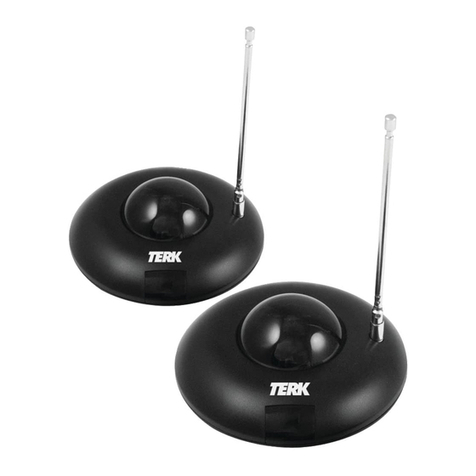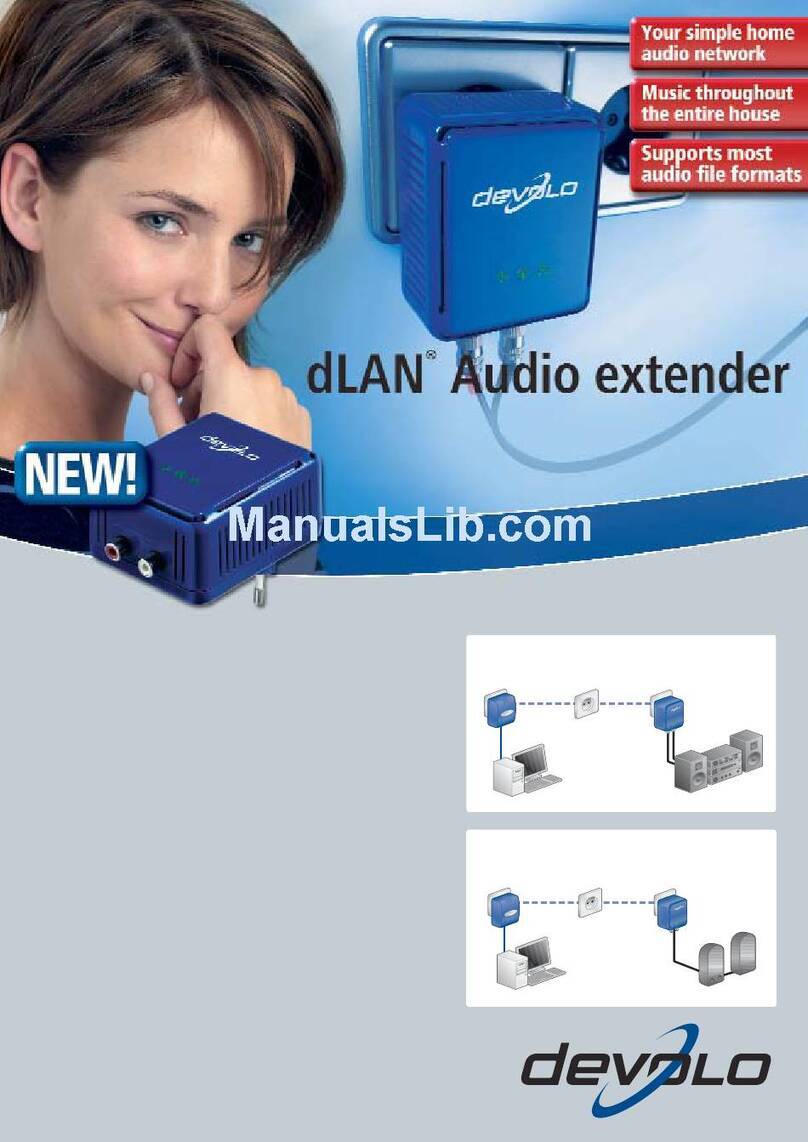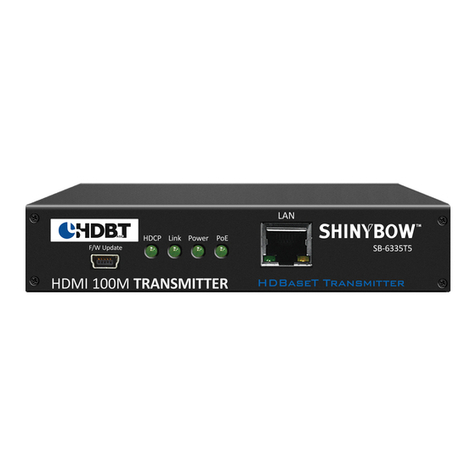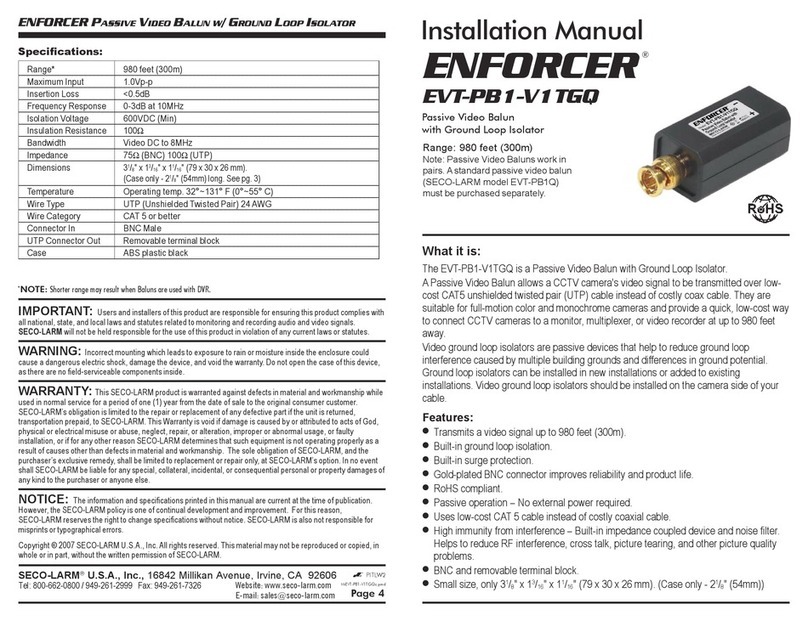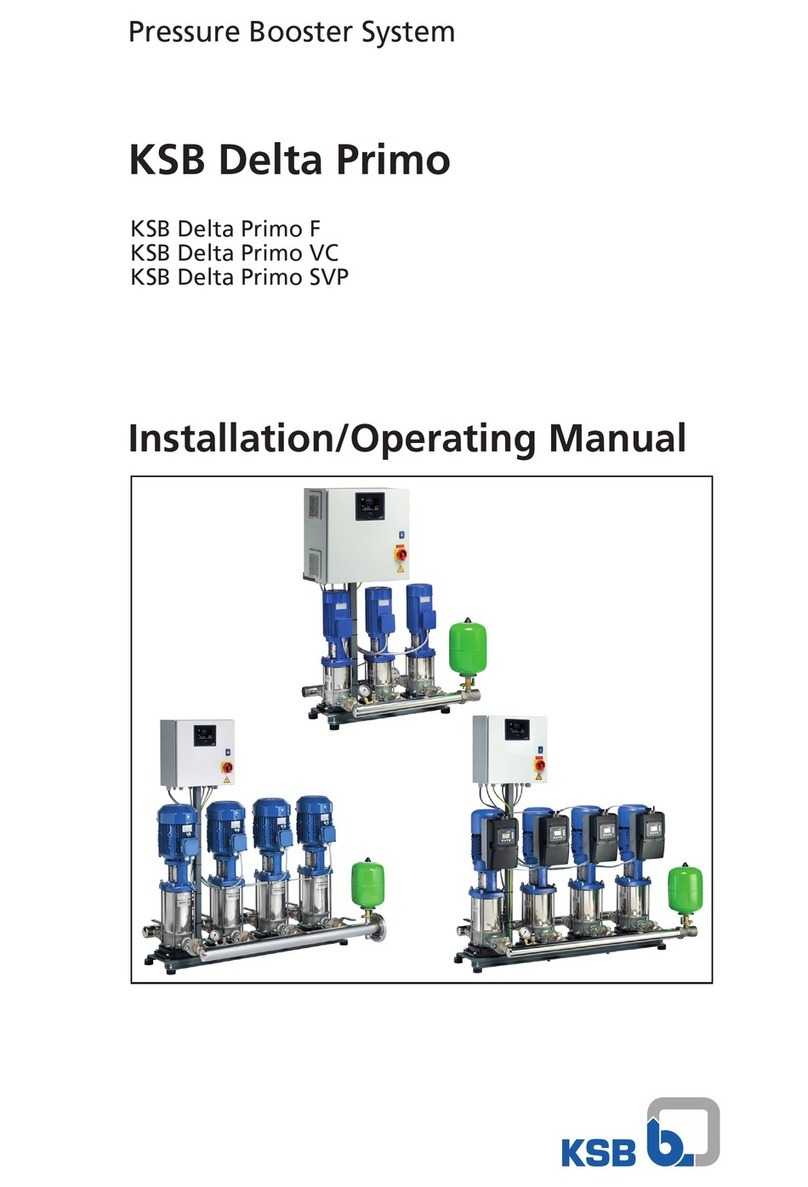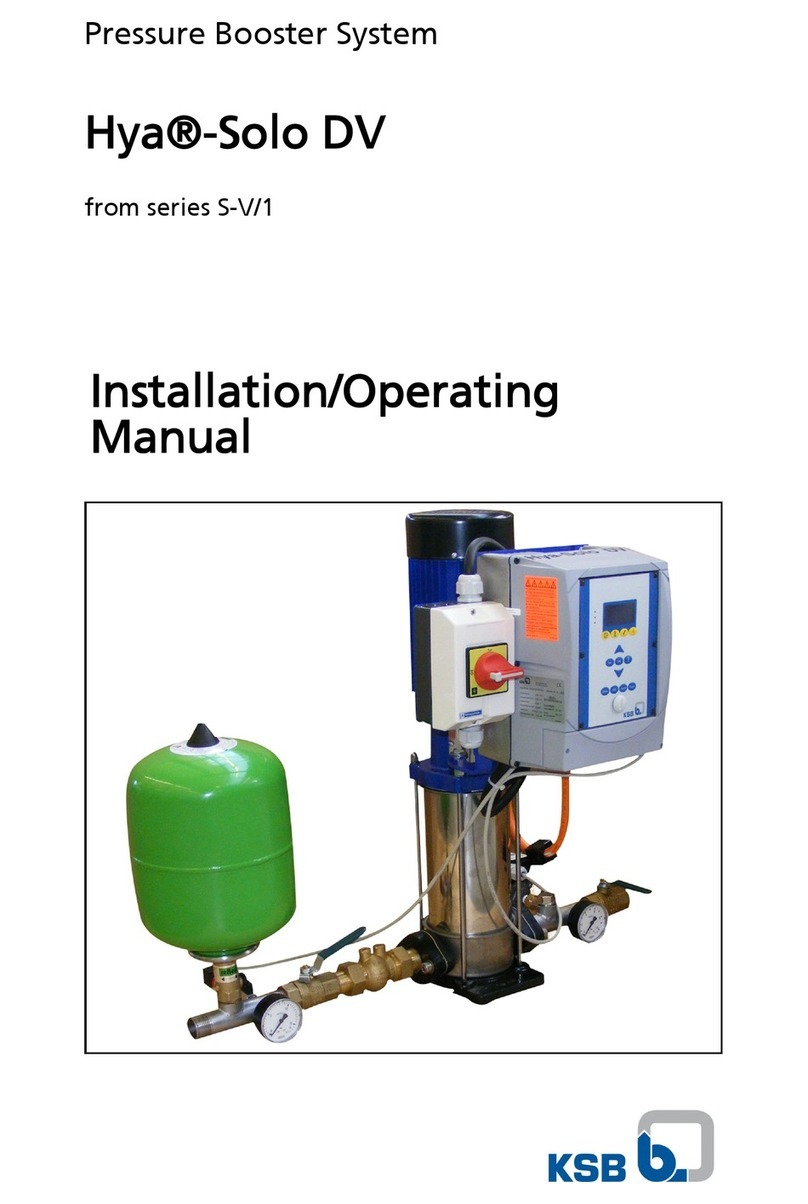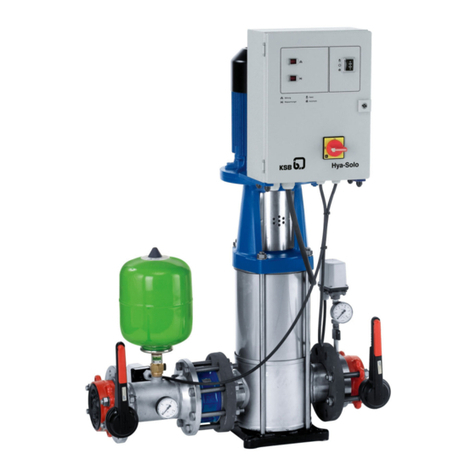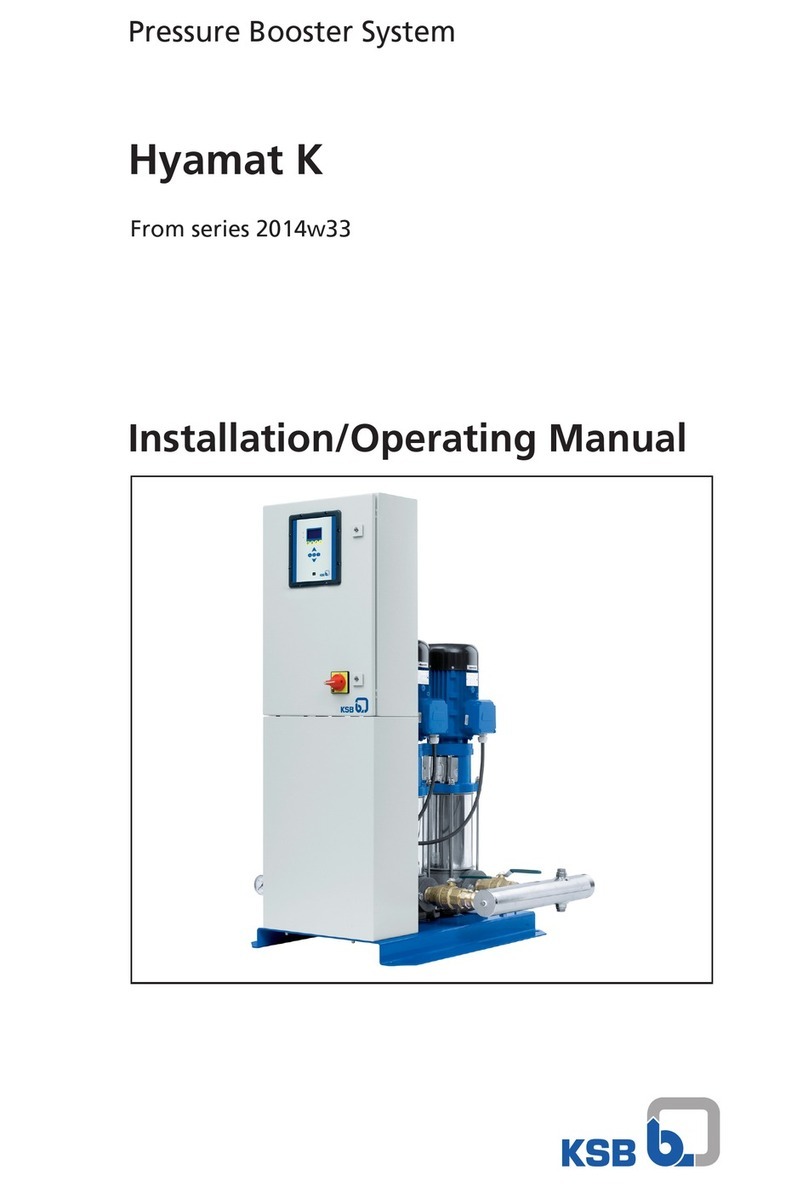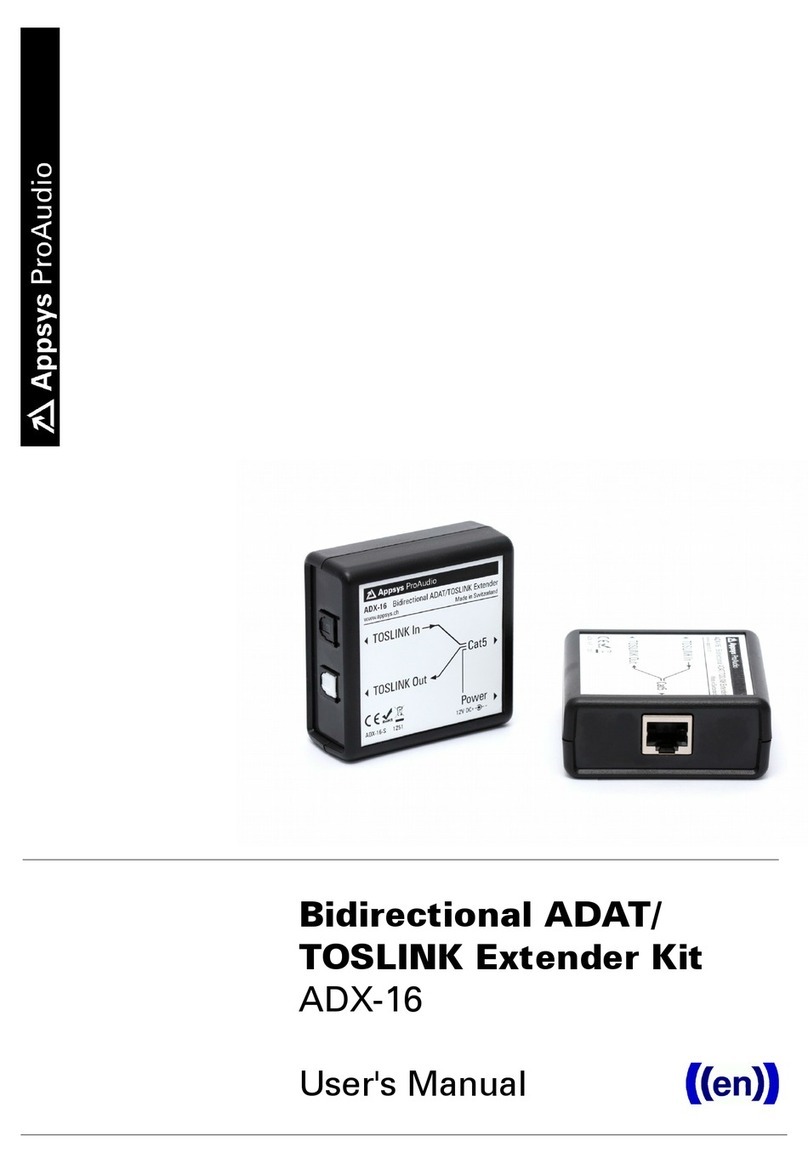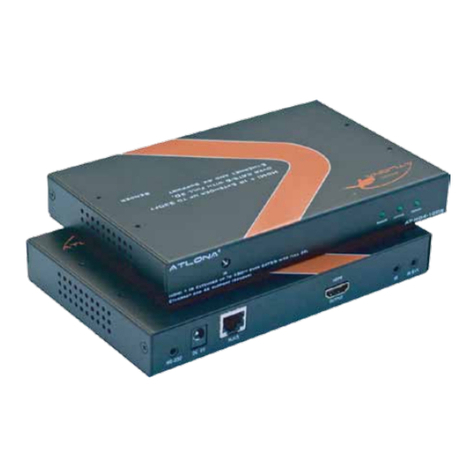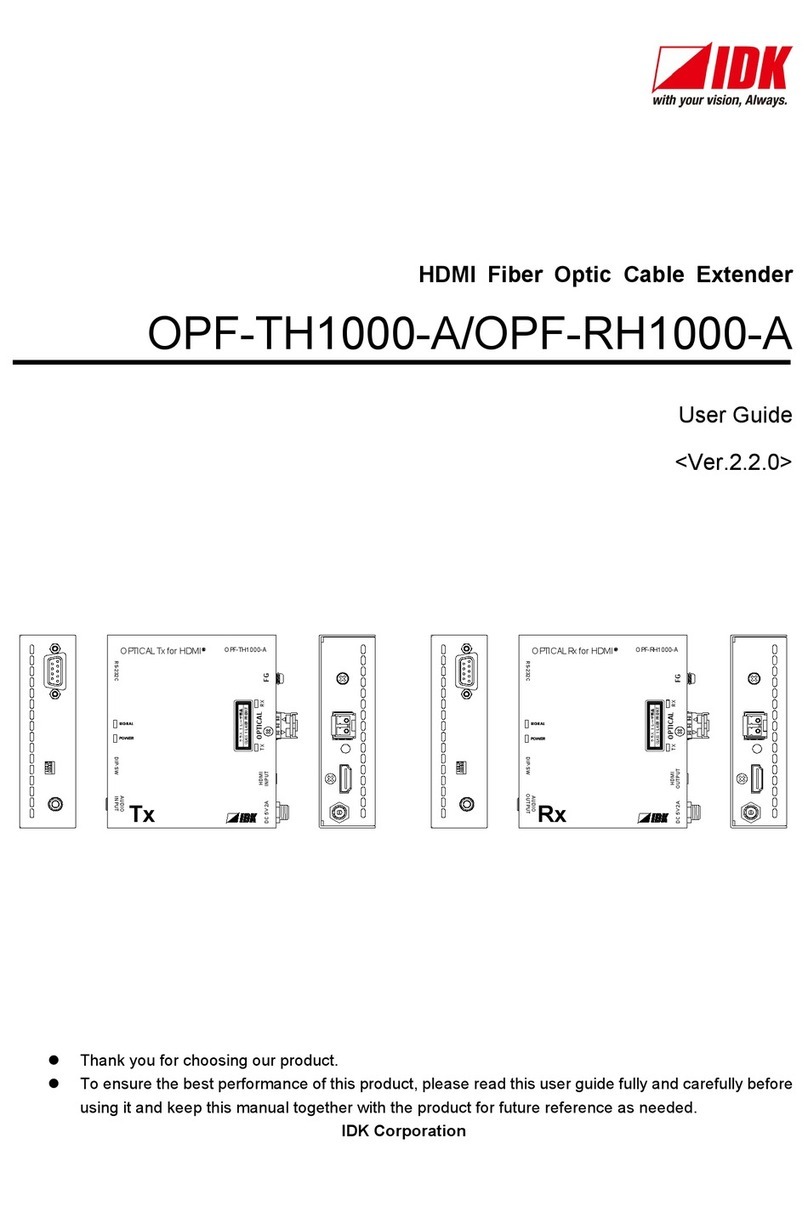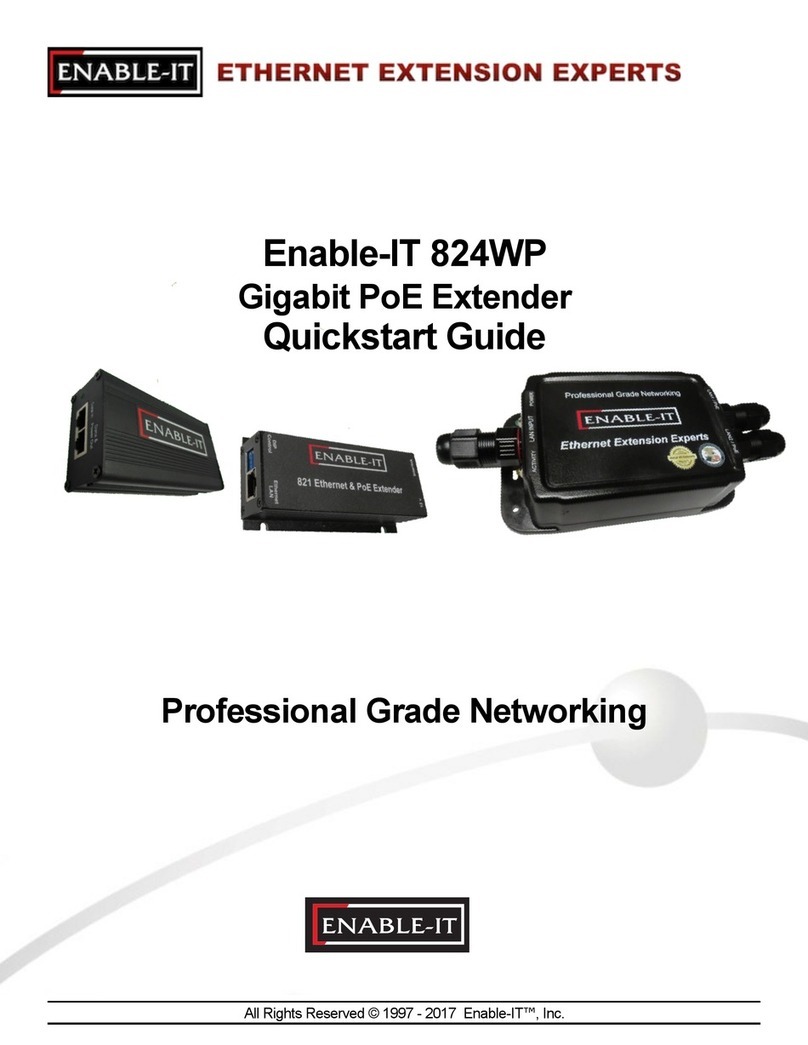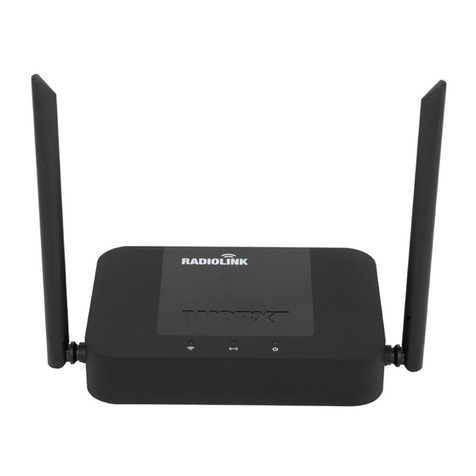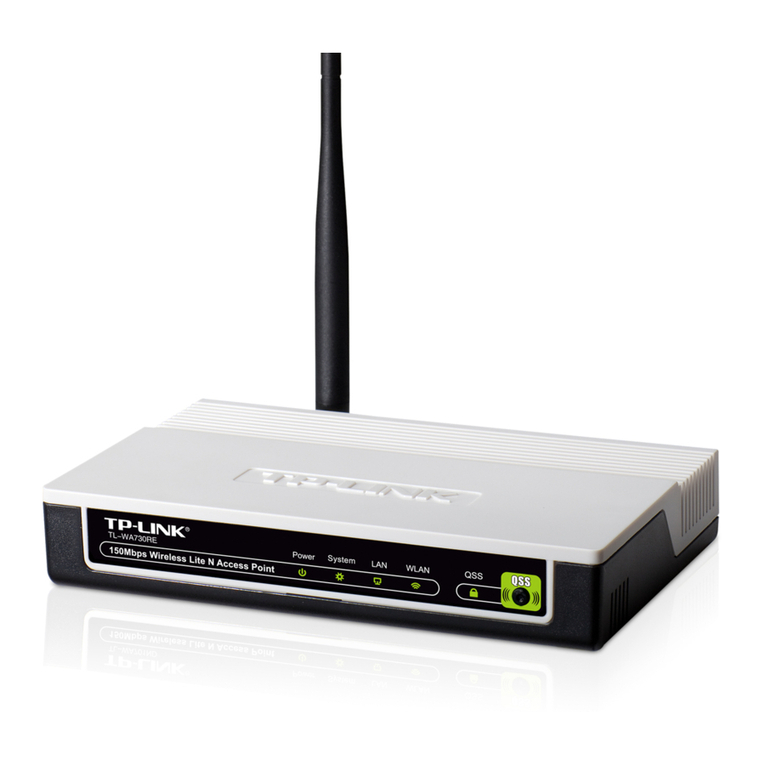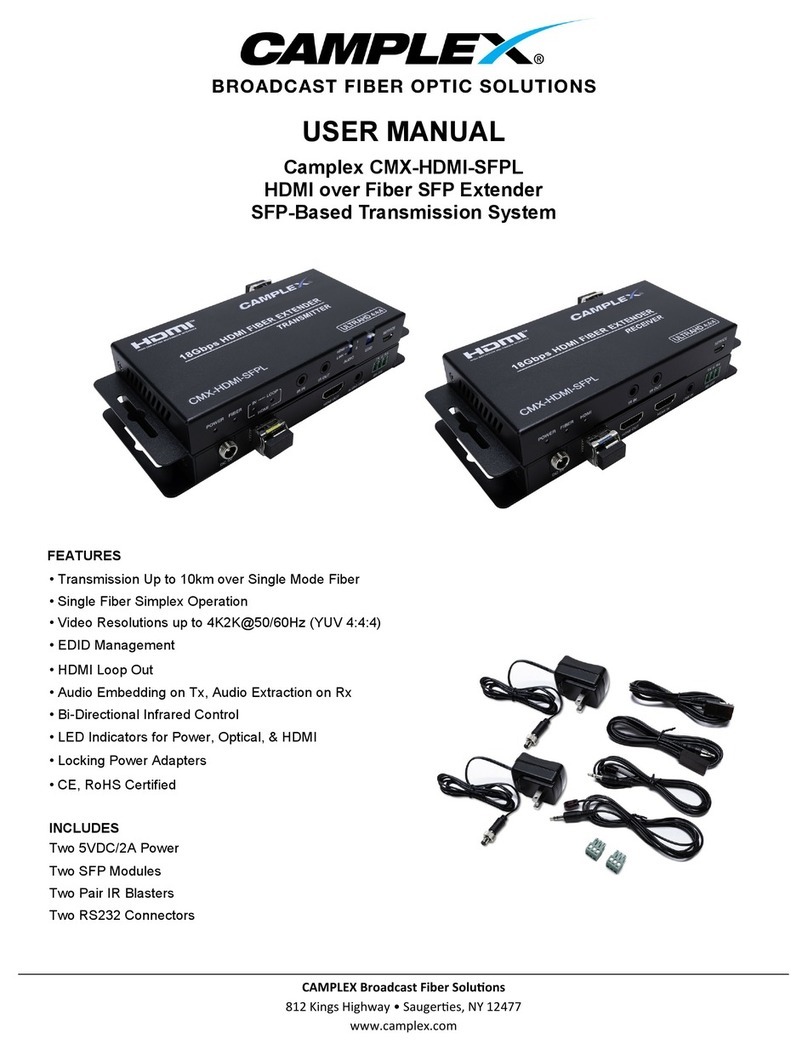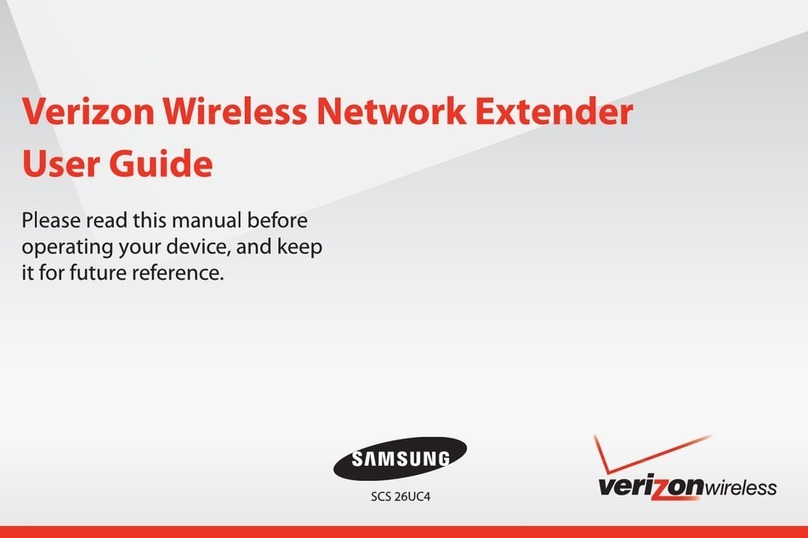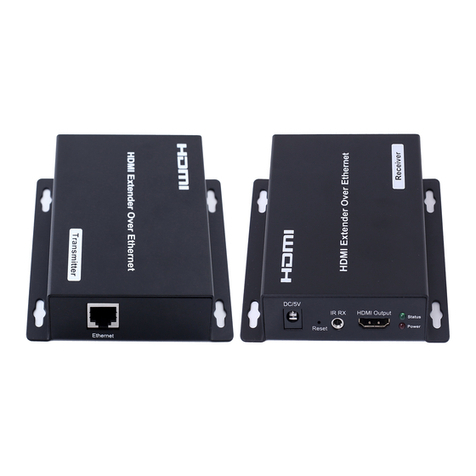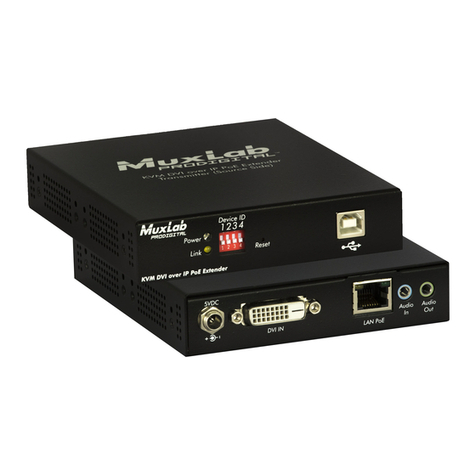
Contents
Glossary .................................................................................................5
1 General ..................................................................................................6
1.1 Principles ........................................................................................................... 6
1.2 Installation of partly completed machinery .................................................... 6
1.3 Target group ..................................................................................................... 6
1.4 Other applicable documents ............................................................................ 6
1.5 Symbols ............................................................................................................. 6
2 Safety .....................................................................................................7
2.1 Key to safety symbols/markings ....................................................................... 7
3 Software Changes .................................................................................8
4 Transport/Temporary Storage/Disposal ...............................................9
4.1 Checking the condition upon delivery ............................................................ 9
4.2 Transport ........................................................................................................... 9
4.3 Storage/preservation ........................................................................................ 9
4.4 Return to supplier .......................................................................................... 10
4.5 Disposal ........................................................................................................... 10
5 Description ..........................................................................................11
5.1 General description ........................................................................................ 11
5.2 Designation ..................................................................................................... 11
5.3 Name plate ...................................................................................................... 11
5.4 Design details .................................................................................................. 11
5.5 Configuration and function ........................................................................... 12
5.6 Noise characteristics ....................................................................................... 13
5.7 Scope of supply ............................................................................................... 13
5.8 Dimensions and weights ................................................................................ 13
5.9 Terminal wiring diagram ............................................................................... 13
6 Installation at Site ...............................................................................19
6.1 Installation to DIN 1988 ................................................................................. 19
6.2 Checks to be carried out prior to installation ............................................... 19
6.3 Installing the pressure booster system .......................................................... 19
6.4 Installing the piping ....................................................................................... 20
6.5 Installing unpressurised inlet tanks ............................................................... 21
6.6 Fitting the dry running protection device .................................................... 22
6.7 Connection to power supply .......................................................................... 22
7 Commissioning/Start-up/Shutdown ...................................................24
7.1 Commissioning/start-up ................................................................................. 24
7.2 Switching on the pressure booster system .................................................... 25
7.3 Check list for commissioning/start-up ........................................................... 25
Contents
Hya-Solo DV 3 of 54

